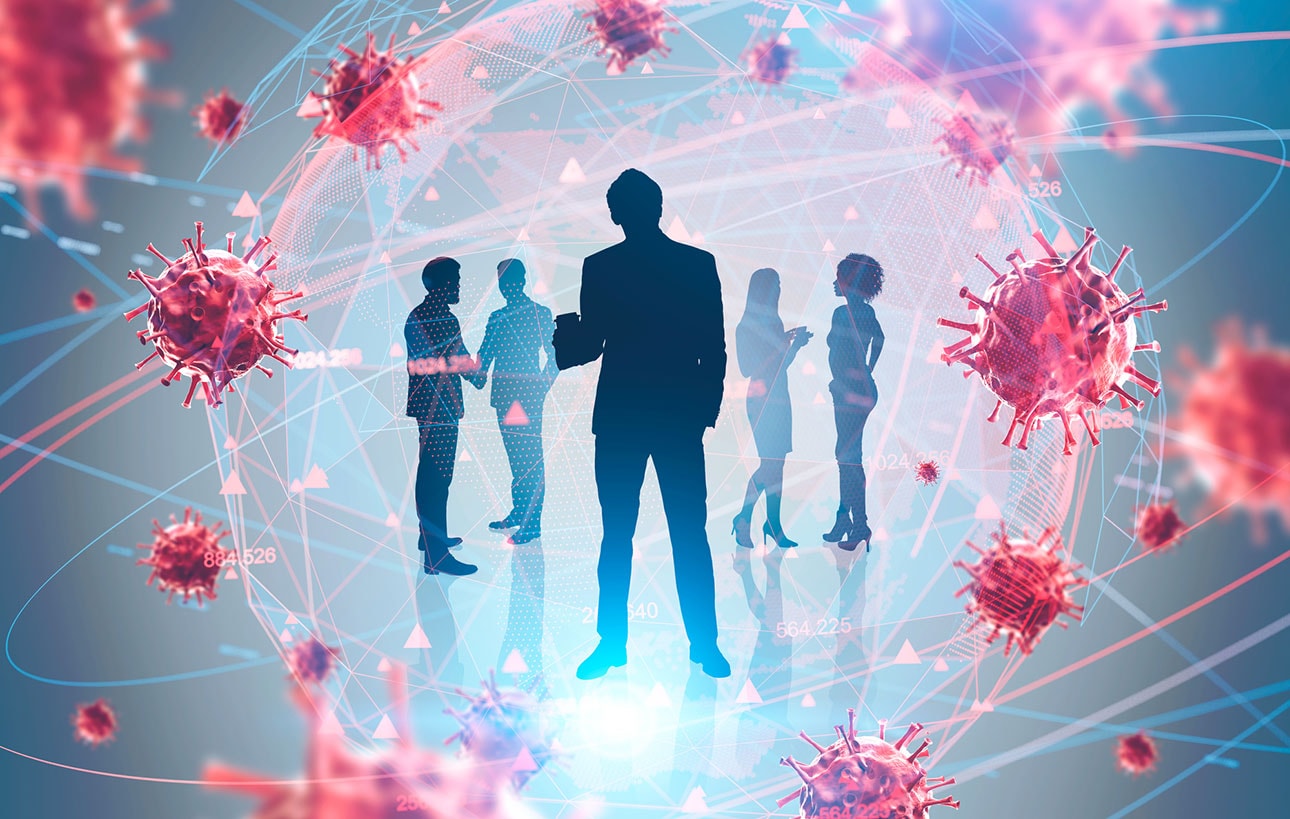What we have learnt from Covid-19

Since the outbreak of the Covid-19 pandemic, the implementation of so-called “Online Live” formats has become the primary choice. These formats have been existing before the pandemic, but it has become significant to think how to combine the online and live setting, and how to best meet the users’ requirements regarding participation in a certain format (e.g. shorter speech times, appropriate background images, etc.).
While in-person events will certainly take place again, there will definitely be fewer of them. During the pandemic, we have learned that online live means of communication mostly worked well and are efficient, sustainable, time-saving and cost-effective. Besides, if well prepared, they can be as engaging as regular live events or meetings. Summing up, online live communication and hybrid events are sure to become the new normal for us.
If you have any further questions about this or any other section of Bayer Identity Net, please contact:
To find out more about any protection measures to be followed, please go to the Go/Corona website. Here you will find global information and updates on the coronavirus COVID-19 (Bayer internal only) such as the following recommendations on live events moving forward:
-
Basic principle: Only persons who are symptom-free are permitted to participate in such meetings. Moreover, each participant’s temperature may need to be measured when they enter the meeting room.
-
Social distancing: Participants should stay at least 2 meters apart. Appropriate warning signs should be clearly visible to all participants. To ensure the necessary distance between participants at the meeting location, the number of attendees must be restricted to suit the space available.
-
Hygiene measures: Participants must be reminded that frequent hand washing with water and soap is essential to minimize the risk of infection. All the rooms (including sanitary facilities) must be frequently disinfected.
-
Masks: Participants should be encouraged to wear a mask covering the mouth and nose in all situations where social distancing is impossible. This reduces the risk of infecting other participants, not least in the event of an asymptomatic infection.





